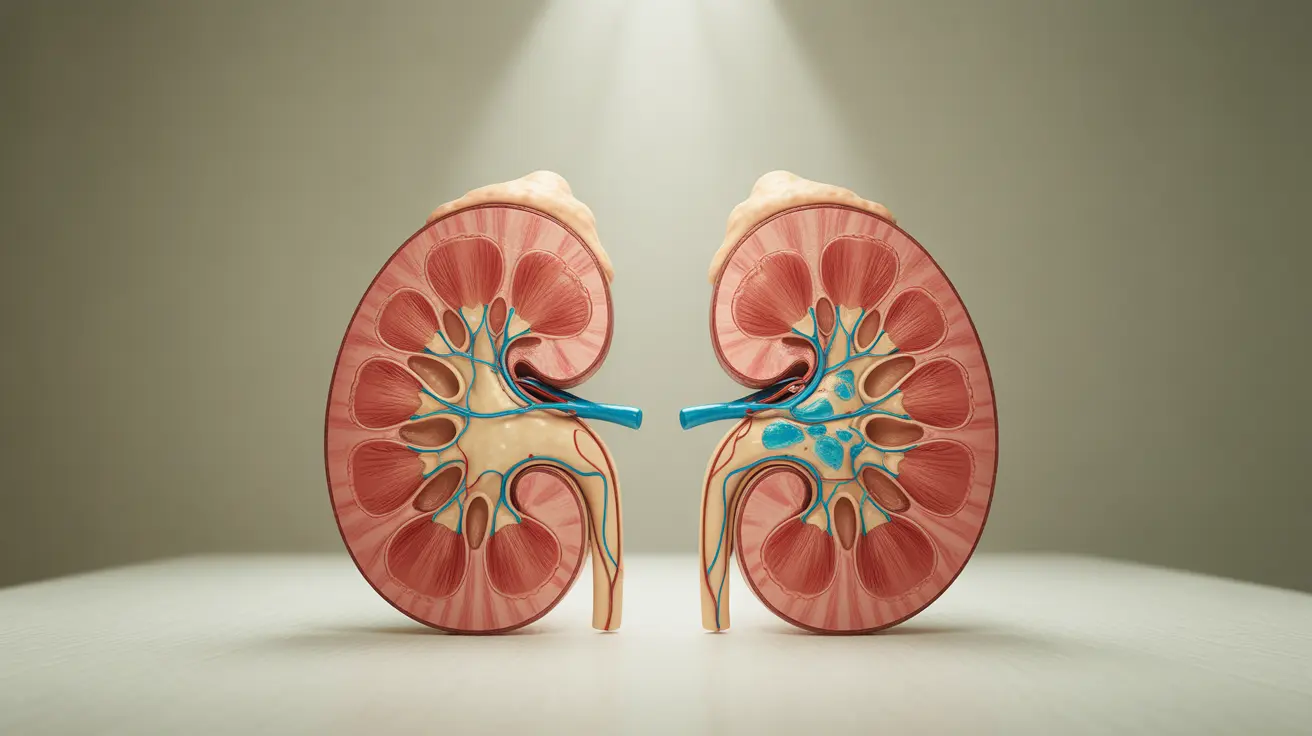In today's modern workplace, ergonomic hazards pose a significant threat to our health and well-being. Whether you're working in an office, a factory, or from home, understanding how to protect yourself from these risks is crucial. This article will explore the various ways you can safeguard your health against ergonomic hazards, ensuring a safer and more comfortable work environment.
Ergonomic hazards can lead to musculoskeletal disorders (MSDs), which affect millions of workers worldwide. By implementing proper ergonomic practices and making informed choices about your workspace, you can significantly reduce your risk of developing these painful and potentially debilitating conditions.
Common Ergonomic Hazards in the Workplace
Before we dive into protection strategies, it's essential to recognize the most prevalent ergonomic hazards you might encounter:
- Poor posture
- Repetitive motions
- Prolonged static positions
- Awkward body positions
- Excessive force or pressure
- Improper workstation setup
These hazards can affect various parts of your body, including your back, neck, shoulders, wrists, and legs. Recognizing these risks is the first step in protecting yourself effectively.
Maintaining Good Posture for MSD Prevention
One of the most critical aspects of ergonomic safety is maintaining proper posture throughout your workday. Good posture helps distribute the force of gravity evenly across your body, reducing strain on individual muscles and joints.
Tips for Maintaining Good Posture
- Keep your back straight and shoulders relaxed
- Ensure your feet are flat on the floor or supported by a footrest
- Position your computer screen at eye level to avoid neck strain
- Keep your wrists neutral when typing or using a mouse
By consciously maintaining good posture, you can significantly reduce your risk of developing musculoskeletal disorders and improve your overall comfort at work.
The Benefits of Ergonomic Tools and Equipment
Investing in ergonomic tools and equipment can make a substantial difference in preventing MSDs. These specially designed items are created to reduce strain and promote natural body positions while working.
Examples of Ergonomic Equipment
- Adjustable chairs with lumbar support
- Standing desks or sit-stand workstations
- Ergonomic keyboards and mice
- Monitor arms for optimal screen positioning
- Footrests and anti-fatigue mats
Using these tools can help maintain proper posture, reduce repetitive strain, and minimize the risk of developing musculoskeletal issues over time.
The Importance of Regular Breaks and Stretching
Even with the best ergonomic setup, staying in one position for extended periods can lead to strain and discomfort. Taking regular breaks to move and stretch is crucial for preventing ergonomic hazards.
Implementing an Effective Break Schedule
- Take a 5-10 minute break every hour
- Use this time to stand up, walk around, and perform gentle stretches
- Focus on areas prone to tension, such as your neck, shoulders, and wrists
- Consider using reminder apps or browser extensions to prompt regular breaks
By incorporating these short but frequent breaks into your routine, you can help maintain flexibility, improve circulation, and reduce the risk of developing MSDs.
Task Rotation: A Strategy for Reducing Repetitive Strain
For those working in environments where repetitive tasks are common, rotating between different activities can be an effective strategy for preventing ergonomic hazards.
Benefits of Task Rotation
- Reduces the cumulative strain on specific muscle groups
- Provides variety in physical movements and postures
- Can increase job satisfaction and productivity
- Helps prevent boredom and fatigue
If possible, work with your supervisor to implement a task rotation schedule that allows you to alternate between different activities throughout your workday. This approach can significantly reduce your risk of developing repetitive strain injuries.
Frequently Asked Questions
What are some common ergonomic hazards in the workplace, and how can they be prevented?
Common ergonomic hazards include poor posture, repetitive motions, prolonged static positions, and improper workstation setup. These can be prevented by maintaining good posture, using ergonomic equipment, taking regular breaks, and ensuring proper workstation ergonomics. Additionally, participating in ergonomic training and assessments can help identify and address specific risks in your workplace.
How can maintaining good posture reduce the risk of musculoskeletal disorders at work?
Good posture helps distribute the forces on your body evenly, reducing strain on individual muscles and joints. This even distribution minimizes the risk of overuse injuries and reduces fatigue. By keeping your spine aligned, shoulders relaxed, and limbs in neutral positions, you can significantly lower your risk of developing musculoskeletal disorders over time.
What are the benefits of using ergonomic tools and equipment in preventing MSDs?
Ergonomic tools and equipment are designed to promote natural body positions and reduce strain during work activities. Benefits include improved posture, reduced muscle fatigue, decreased risk of repetitive strain injuries, and enhanced comfort. These tools can help maintain proper alignment of your body, reducing the stress on muscles, tendons, and joints, thus lowering the risk of developing MSDs.
How often should I take breaks to stretch if I work in a static position for long periods?
It's recommended to take a short break every 30 to 60 minutes when working in a static position. These breaks should last about 5-10 minutes and include stretching and movement. Even brief periods of movement can help improve circulation, reduce muscle tension, and prevent the onset of discomfort associated with prolonged static postures.
Can rotating tasks or jobs help reduce the risk of developing musculoskeletal disorders from repetitive strain?
Yes, rotating tasks or jobs can significantly reduce the risk of developing musculoskeletal disorders from repetitive strain. By alternating between different activities, you distribute the workload across various muscle groups, reducing the cumulative strain on any one area. This variety in movement and posture helps prevent overuse injuries and can also improve overall job satisfaction and productivity.
By implementing these strategies and remaining mindful of ergonomic principles, you can significantly reduce your risk of experiencing ergonomic hazards in the workplace. Remember, protecting your health is an ongoing process that requires consistent attention and effort. Stay proactive in creating a safe and comfortable work environment for yourself and your colleagues.




